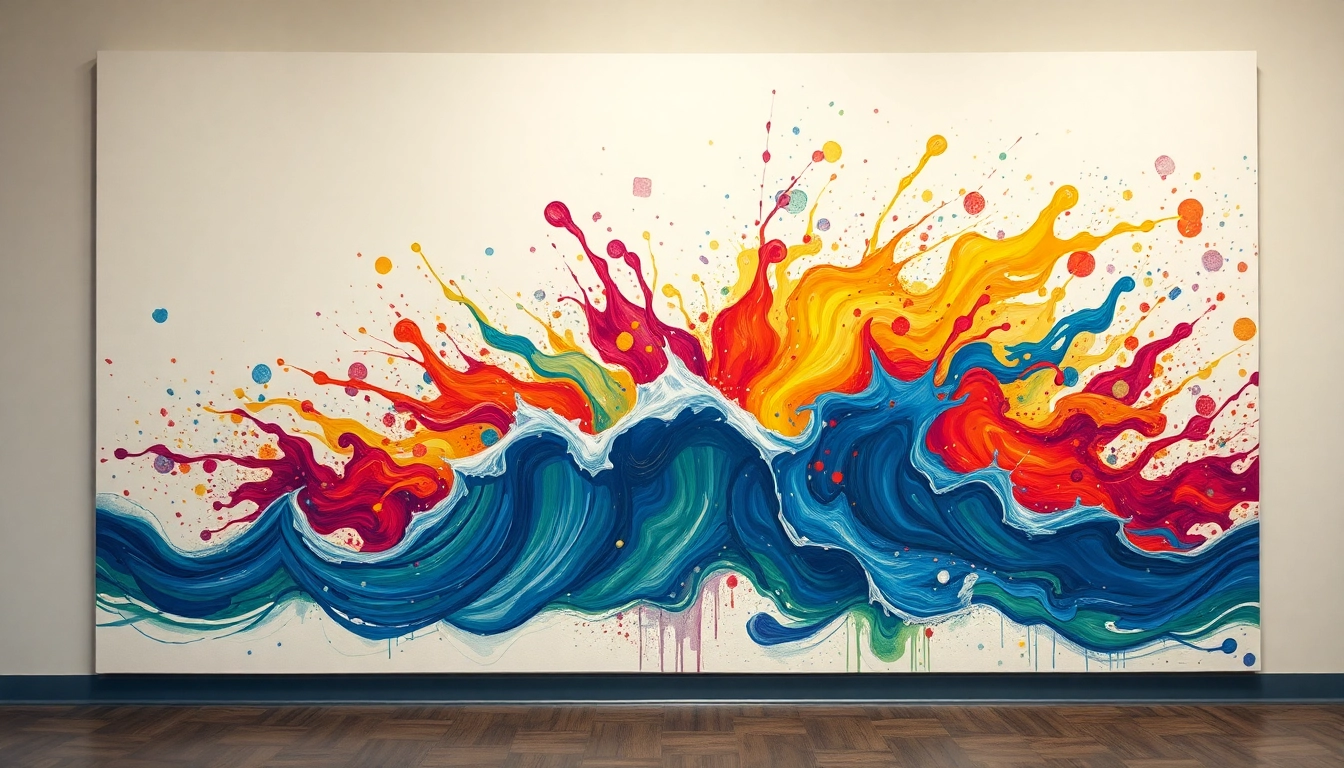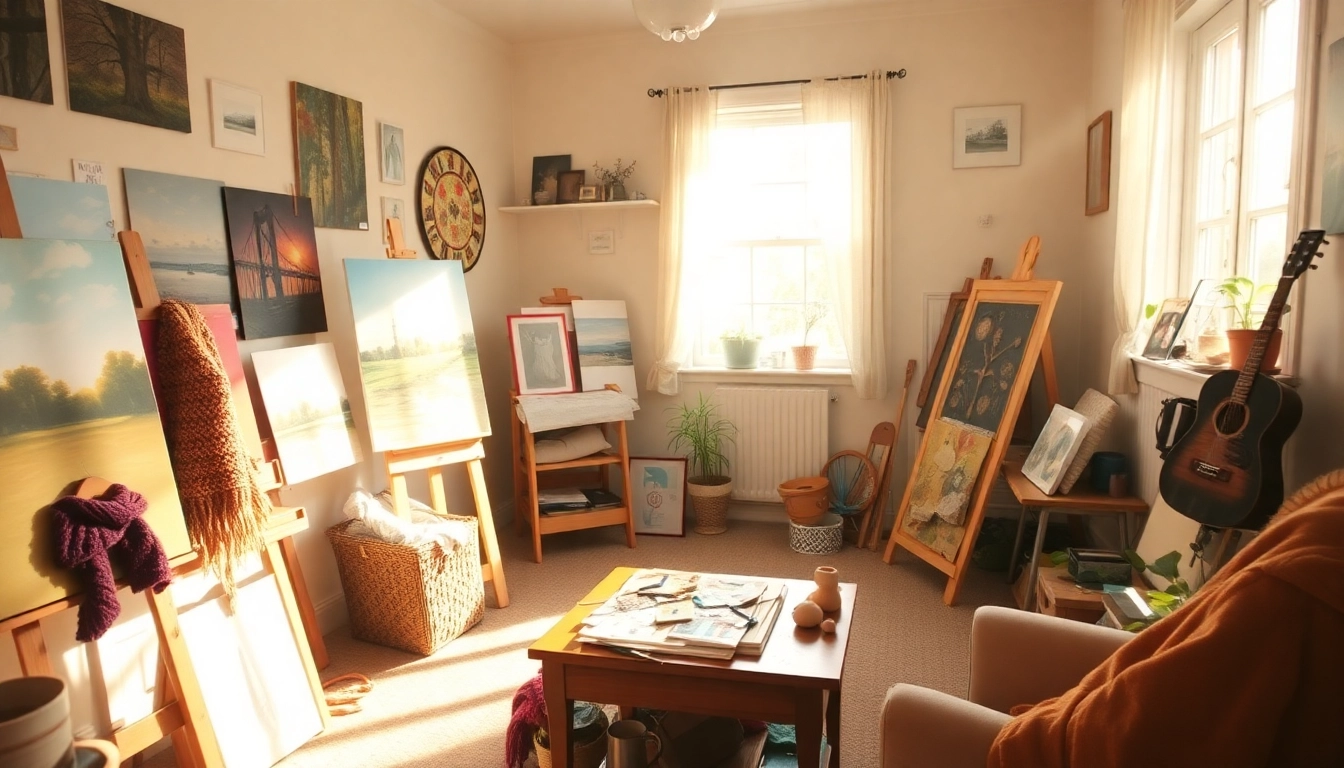Why People with ADHD Love Arts and Crafts: A Personal Exploration

Finding activities that keep us engaged, focused, and fulfilled can be a real challenge for those of us with ADHD. We often drift from one task to another, chasing novelty and stimulation, constantly looking for ways to manage our attention. However, there’s one realm where many of us seem to find solace and joy—arts and crafts. Whether it's painting, sculpting, knitting, or designing, creative activities seem to have an almost magnetic pull for people with ADHD. In this article, we'll explore why arts and crafts for ADHD are so beneficial, from scientific reasons to personal experiences that have shaped my journey.
If you're looking for a way to channel your creativity and manage your ADHD, why not start with a simple art project? Explore our beginner-friendly craft kits designed specifically for individuals with ADHD and discover a world of creative possibilities! Learn more through our Bonding Health App for ADHD support.
The Joy of Hyperfocus in Arts and Crafts for ADHD

One of the most misunderstood aspects of ADHD is hyperfocus. While ADHD often suggests an inability to maintain attention, it's really a problem with focus regulation. For many, sustaining attention on tasks that don’t capture our interest is challenging. However, when something does catch our attention, we can enter a state of hyperfocus, where hours pass in what feels like minutes. This state is energizing and deeply satisfying, especially for those who struggle to feel that sense of flow. To understand more, read about hyperfixation and ADHD.
Arts and crafts for ADHD reliably trigger this state for many, myself included. The process of creating something tangible, making small but significant progress, and seeing it come to life provides the immediate feedback that ADHD brains crave. Unlike more abstract tasks, crafting gives you a real-time sense of achievement, keeping you locked in and focused.
Hands-On Stimulation: The Perfect Match for ADHD Brains
People with ADHD are naturally drawn to activities that provide hands-on stimulation. We have a tendency to fidget or need to move, which can make sedentary tasks like reading or writing feel tedious. Arts and crafts, on the other hand, engage multiple senses at once. There's the tactile sensation of the materials, the visual stimulation of colors and patterns, and often the rhythmic, repetitive motion involved in tasks like knitting, drawing, or carving.
For many, working with hands is a form of productive fidgeting. Instead of aimless tapping, arts and crafts for ADHD provide a purposeful outlet for excess energy. When we’re molding clay or threading beads, we engage our restless hands and minds simultaneously, creating a satisfying blend of sensory feedback and focus. For similar activities, explore emotional regulation games for ADHD.
Freedom from Rigid Rules and Structure
Another reason people with ADHD gravitate toward arts and crafts is the freedom they offer. In many areas of life, we're expected to follow strict rules, meet deadlines, and stick to a linear process. This structure can feel suffocating for those of us who struggle with routines and chafe against restrictions, often leading to emotional outbursts. Learning to manage these moments, like managing emotional outbursts in ADHD, is essential.
Arts and crafts, however, offer an unstructured playground to explore without boundaries. Want to mix watercolors with charcoal? Go for it. Feel like making something abstract instead of realistic? There are no wrong answers. This freedom allows the ADHD brain to roam without feeling constrained, making the experience of creating feel less like work and more like play.
Personally, creative projects give me a sense of control that structured tasks lack. When I’m painting or sketching, I decide when the project is finished, what materials I’ll use, and what direction I’ll take next. This autonomy is a key reason why arts and crafts feel so therapeutic.
Emotional Expression and Regulation Through Art

A lesser-known benefit of arts and crafts for ADHD is their role in emotional expression and regulation. Many with ADHD are highly emotional and feel things intensely. Whether it's frustration, joy, sadness, or excitement, our highs and lows can be difficult to manage. Arts and crafts offer a healthy, nonverbal outlet for intense emotions. Discover more about the role of emotional regulation in ADHD.
In my own life, painting and drawing help me process emotions I can't quite articulate. There’s something cathartic about transforming raw emotion into color, shape, and form. Creating art externalizes feelings, making them more tangible and easier to understand. No wonder many ADHD therapists encourage creative activities as a form of emotional regulation.
The Thrill of Newness and Discovery in Arts and Crafts
People with ADHD crave novelty. We seek new experiences, challenges, and ideas to keep our brains engaged. One of the most appealing aspects of arts and crafts for ADHD is the variety of materials, techniques, and styles to explore. There’s always something new, whether it’s experimenting with a different medium or trying a new color palette. For those with kids, exploring the best ADHD apps for kids can also provide new ways to engage creatively.
This constant sense of discovery helps combat boredom, one of the biggest struggles we face. For people with ADHD, boredom can feel unbearable, leading to abandoned projects. Arts and crafts, however, offer endless possibilities to keep things fresh and exciting. Whether it's woodworking, sewing, or experimenting with digital design, there's always a way to reignite that spark of interest.
The Satisfaction of Tangible Results
One of the most rewarding aspects of arts and crafts for ADHD is seeing tangible results. In many aspects of life, especially in today’s digital age, the fruits of our labor can feel abstract or intangible. However, with craft projects, progress is visible and immediate. You’re physically creating something that didn’t exist before, and that is deeply satisfying. Learn about the connection between ADHD entrepreneurial success stories for more inspiration.
For those overwhelmed by long-term projects, the bite-sized nature of crafting can be a huge relief. Each step feels like a win, giving a sense of accomplishment that motivates you to keep going. Even if it’s as simple as finishing a knitting row or adding a layer of paint, these small victories add up, providing a larger sense of fulfillment.
Conclusion: Why Arts and Crafts for ADHD Just Work

At its core, the reason arts and crafts for ADHD are so effective lies in how these activities align with the strengths and challenges of the ADHD brain. Arts and crafts allow us to hyperfocus, provide hands-on stimulation, offer freedom from rigid rules, and serve as a powerful outlet for emotional expression. The constant novelty and the satisfaction of seeing tangible results make these activities not just enjoyable but deeply fulfilling.
In a world that often demands conformity and focus, arts and crafts offer a sanctuary where we can be ourselves—creative, energetic, and endlessly curious. If you or your child has ADHD, consider diving into the world of arts and crafts. You might just find the perfect outlet for the boundless energy and creativity that ADHD brings to the table. Read more about how this approach can help by embracing independent thinking.


